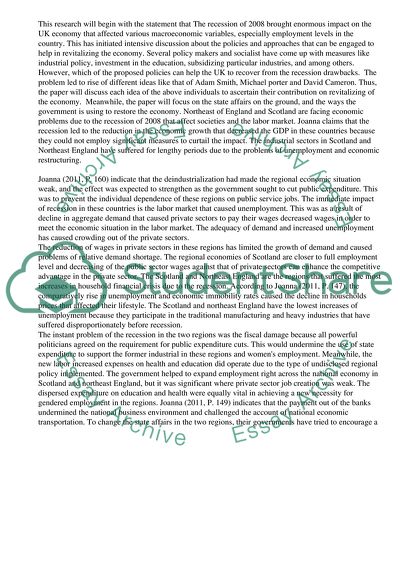Cite this document
(“Northeast of England and Scotland economic situation and government Essay”, n.d.)
Retrieved from https://studentshare.org/business/1396910-northeast-of-england-and-scotland-economic-situation
Retrieved from https://studentshare.org/business/1396910-northeast-of-england-and-scotland-economic-situation
(Northeast of England and Scotland Economic Situation and Government Essay)
https://studentshare.org/business/1396910-northeast-of-england-and-scotland-economic-situation.
https://studentshare.org/business/1396910-northeast-of-england-and-scotland-economic-situation.
“Northeast of England and Scotland Economic Situation and Government Essay”, n.d. https://studentshare.org/business/1396910-northeast-of-england-and-scotland-economic-situation.


